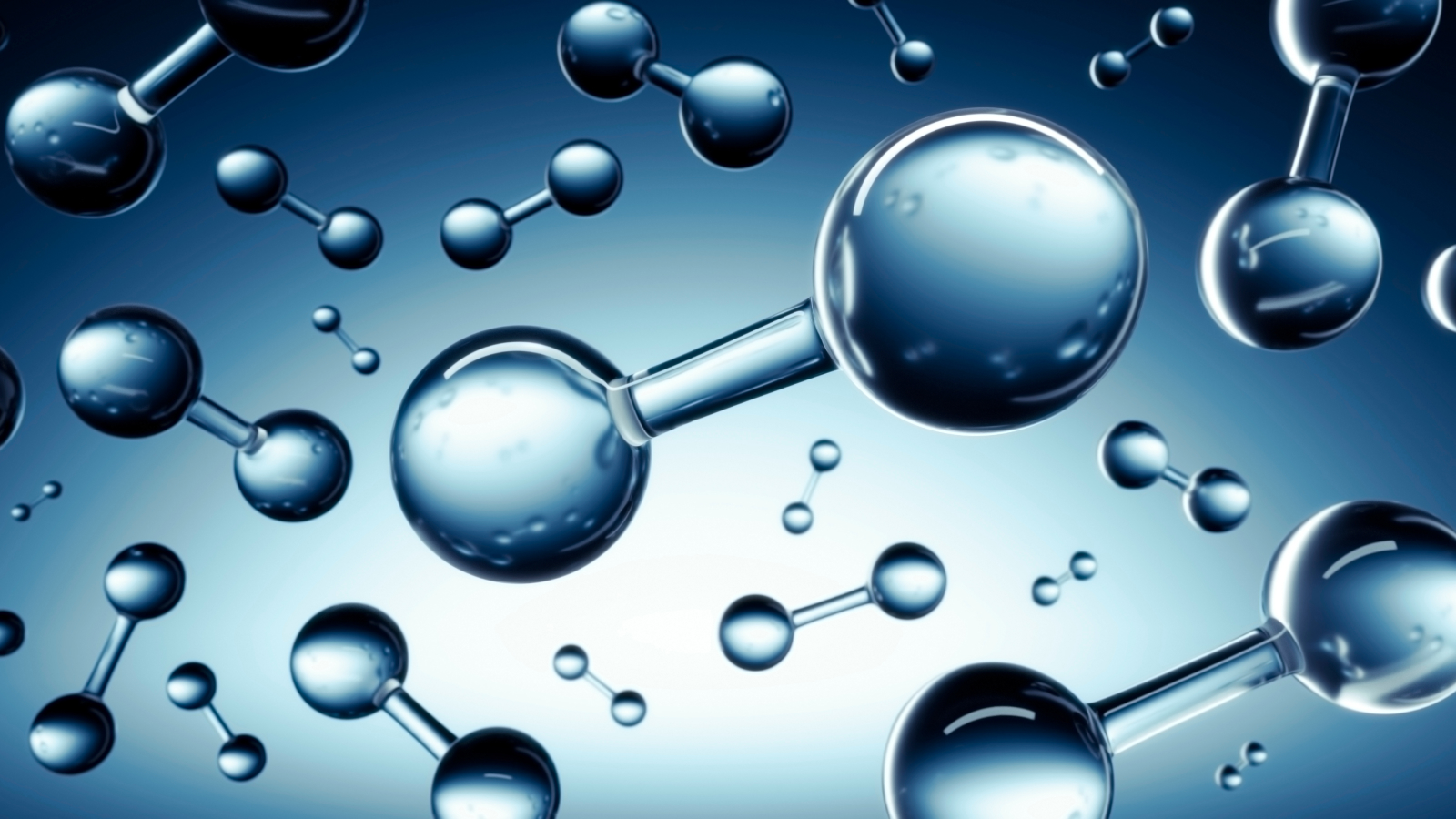Future electric cars could ditch lithium-ion batteries, thanks to a new breakthrough in hydrogen energy storage at much lower temperatures than was previously possible.
Researchers from Tokyo’s Institute of Science created a hydrogen battery that uses magnesium hydride as the anode and hydrogen gas as the cathode, and a solid-state electrolyte with a crystal structure.
Hydrogen batteries with solid-state components already exist, as do hydrogen fuel cells. The former, however, require high operating temperatures while the latter struggle to be as efficient as lithium-ion batteries, as well as struggling to store hydrogen gas under high pressure. But with this new hydrogen battery, the scientists achieved full theoretical storage capacity of the MgH2 anode and high ionic conductivity at room temperature.
Solid foundation
The core of this hydrogen battery lies in its solid electrolyte. Formed of barium, calcium and sodium hydride, the electrolyte has a crystal-like structure that offers both high electrochemical stability and high ionic conductivity, specifically when it comes to hydrogen ions, at relatively low temperatures.
In operation, the battery functions much like a lithium-ion one, except that rather than positively charged ions moving through the electrolyte, this new battery uses hydride ions that carry a negative charge and can pass through its crystal structure.
When delivering power (discharging), the hydrogen gas in the cathode goes through a chemical reaction that reduces it to hydride ions that move through the electrolyte to the magnesium anode, where they oxidise to form MgH2. In this state, oxidation-reduction reactions (redox) take place, causing the negatively charged anode to lose electrons. These flow across an external circuit to the cathode, which now has a net positive charge — and in doing so, delivers power to connected devices or systems.
The reverse happens when charging, with an external power source invoking redox. Here, the MgH2 anode releases hydride ions that pass through the electrode to then be oxidised at the hydrogen electrode to form hydrogen gas. As such, electrons flow from the H2 electrode to the Mg one until the reduction reaction can no longer occur, meaning the battery is in a fully charged state.
With this battery design, hydrogen gas can be stored and released in a solid-state cell on demand, with a capacity of 2,030mAh per gram (for reference, lithium-ion batteries tend to have a cpacitiy of 154 to 203mAh per gram, while some of the best phones have lithium-ion battery capacities of 5,000mAh for the whole cell).
While the operating temperature sits just below the boiling point of water, meaning such a battery isn’t ready for use in everyday electronic items like smartphones or laptops, there’s scope for it to pave the way for more efficient and easier hydrogen storage. This, in turn, could see electric vehicles adopt hydrogen batteries rather than lithium-ion batteries, which are heavy and suffer from degradation as well as declining efficiency over their lifetime.
Better hydrogen storage without the need for high-pressure systems, extreme cooling or high operating temperatures could further open up hydrogen’s use as a green power source. That's because it could offer less of a carbon footprint than fossil fuels and current hydrogen-based power systems.
Hydrogen has often been touted as one of the ways to transition towards green energy, although its production, storage and use in power delivery systems has remained a niche activity. If scaled up and put into production, this battery breakthrough could continue to propel hydrogen as a fuel of the future.
.png)









 English (US) ·
English (US) ·